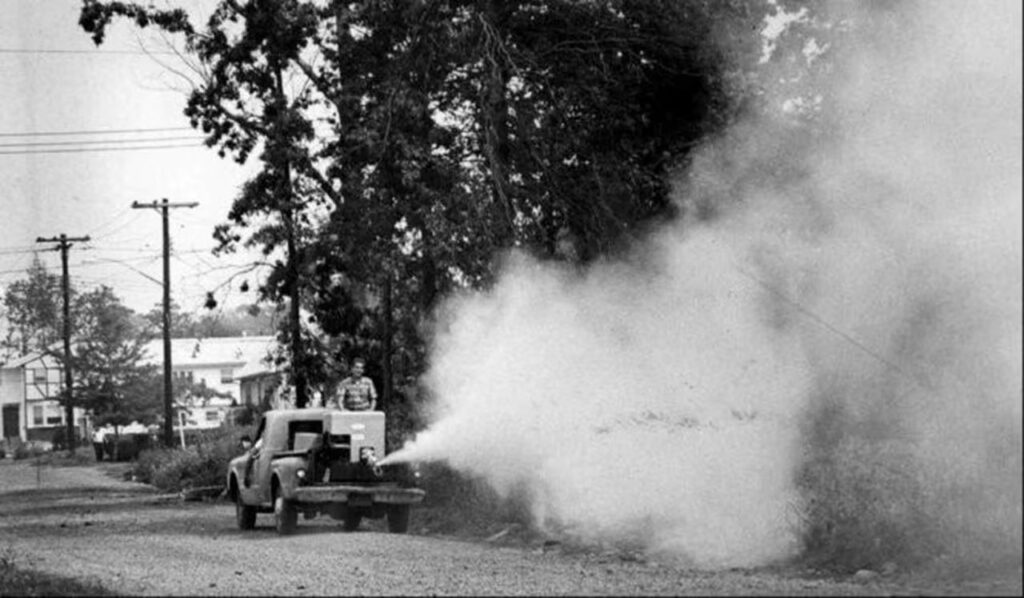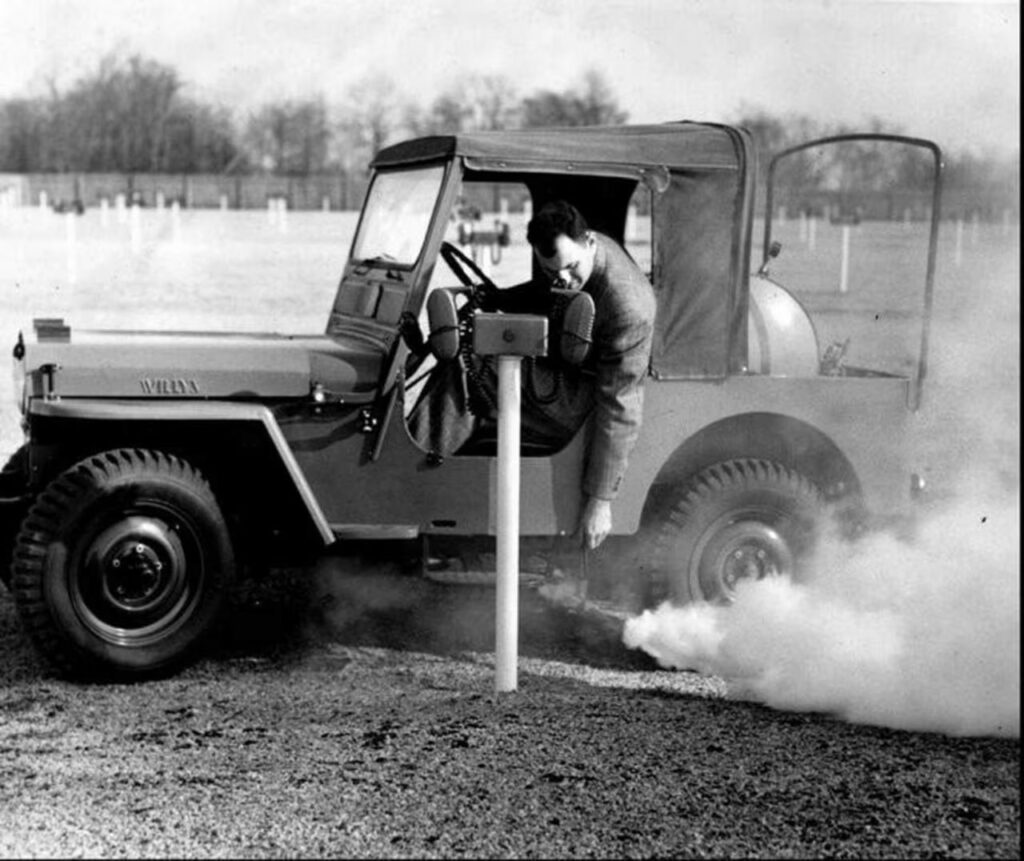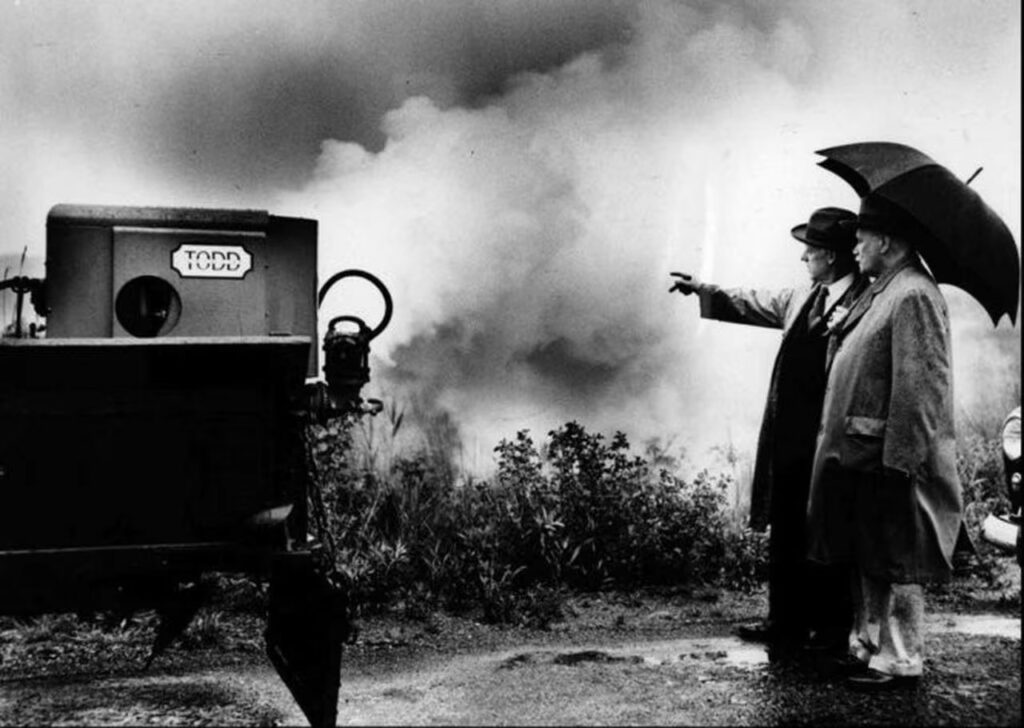Remember chasing the mosquito man’s truck? silive.com, Cassy Sommer During the fifties and sixties, it was not unusual to see trucks spraying DDT near heavily wooded and swampy areas. I certainly do not recall kids running behind truck spraying the areas. Some claim this was a common practice. My aunts and mom would have had a fit is we did such. ~~~~~~~~ The U.S. Department of Agriculture was the federal agency with responsibility for regulating pesticides before the formation of the U.S. Environmental Protection Agency in 1970. The USDA, began regulatory actions in the late 1950s and 1960s to prohibit many of DDT’s uses because of mounting evidence of the pesticide’s declining benefits due to over usage and its environmental and
Topics:
Angry Bear considers the following as important: climate change, DDT, Healthcare, Hot Topics, US EConomics
This could be interesting, too:
NewDealdemocrat writes JOLTS revisions from Yesterday’s Report
Joel Eissenberg writes No Invading Allies Act
Bill Haskell writes The North American Automobile Industry Waits for Trump and the Gov. to Act
Bill Haskell writes Families Struggle Paying for Child Care While Working
Remember chasing the mosquito man’s truck?
silive.com, Cassy Sommer
During the fifties and sixties, it was not unusual to see trucks spraying DDT near heavily wooded and swampy areas. I certainly do not recall kids running behind truck spraying the areas. Some claim this was a common practice. My aunts and mom would have had a fit is we did such.
~~~~~~~~
The U.S. Department of Agriculture was the federal agency with responsibility for regulating pesticides before the formation of the U.S. Environmental Protection Agency in 1970. The USDA, began regulatory actions in the late 1950s and 1960s to prohibit many of DDT’s uses because of mounting evidence of the pesticide’s declining benefits due to over usage and its environmental and toxicological effects. Rachel Carson’s Silent Spring in 1962 stimulated widespread public concern over the dangers of improper pesticide use and the need for better pesticide controls.
Ten years after Rachel Carson’s Silent Spring, the new federal department Environmental Protectional Agency (EPA) issued a cancellation order for DDT based on its adverse environmental effects, such as those to wildlife, as well as its potential human health risks. A relationship between DDT exposure and reproductive effects in humans is suspected mostly based on studies in animals. In addition, some animals exposed to DDT in studies developed liver tumors. As a result, DDT is classified as a probable human carcinogen by U.S. and international authorities.
Additional information and interesting reading on Rachel Carson can be found here: The Life and Legacy of Rachel Carson.
~~~~~~~~
Some Common Practices . . .
Chasing the mosquito man spraying DDT. Although, you do not see kids here, it was a practice in some areas to do so.
Mosquito man hits the drive-in
This 1949 Advance file photo shows the mosquito man spraying at a drive-in theater on Staten Island to get rid of the mosquitoes before showtime.
Staten Island fog machine in 1949
In this 1949 Advance file photo, officials watch a fog machine operating during an effort to control Staten Island mosquitoes.
Spraying after DDT
This 1999 Advance file photo shows a truck spraying resmithrin on trees along Hylan Boulevard as it travels through Tottenville. The use of DDT was banned in 1972.
Brookfield Landfill
This Advance photo, taken in 1971, shows Sanitation Department workers handling some of the 400 drums of DDT moved from a shed at the department’s Tompkinsville depot to the Brookfield Landfill.
Dumping DDT in the Ocean
A massive toxic dump site that was discovered on the ocean floor between Long Beach and Catalina Island might be even bigger than originally believed.
High concentrations of DDT found across vast swath of California seafloor | California, The Guardian
DDT – A Brief History and Status, US EPA





